How To Soundproof Ceiling Air Conditioner Register
Snoring Source is reader-supported. If yous determine to buy through a link on this folio, we may earn an affiliate commission. Acquire more than
How to Soundproof an Air Vent: Reduce HVAC Noise!
Whether you're looking to soundproof your bedchamber or eliminate distracting sounds from your dwelling part, you're going to observe that there are numerous sources of noise. Fifty-fifty if you've soundproofed your ceiling, walls, and flooring, some unwanted noise may however be seeping through. What'due south the source? – It could be your air vents. Though they're frequently overlooked, air vents are a notorious source of dissonance. Sounds from adjacent rooms, air current, and other irritating noises can seep through. While you could install covers over the vents, information technology isn't the best solution. Covers tin can restrict the menstruum of air from your vents, preventing them from performing their intended function. Fortunately, there are means that you lot tin can soundproof an air vent without disrupting airflow. Before we discuss air vent soundproofing methods, it'south important to discuss the unlike types of noise. The goal of soundproofing is, of course, to eliminate or significantly reduce unwanted noise; however, because in that location are dissimilar kinds of noise, yous need to know which types you're dealing with so you lot know which strategies to utilise. At that place are ii master types of noise: Airborne nose, as the name suggests, is dissonance that travels through the air; voices, televisions, etc. Sound waves are transmitted through the air until they collide into a solid object, such as a wall. This collision transmits those vibrations through the object and into the infinite beyond information technology; hence why you lot tin hear someone in the adjacent room talking as if they're standing next to yous. Structure-borne noises, on the other hand, occur equally a result of an impact with an object on a structural element; a pot falling onto a flooring, footsteps on stairs, or a chair banging into a wall, for case. Structure-borne racket occurs because the impact that occurs between the object and the structural element causes both sides of the structure – the floor, for instance – to vibrate, and that vibration creates sound waves. Air vents can be a source of both airborne and structure-borne noise; therefore, a variety of soundproofing techniques may need to be employed. There are several strategies that you can apply to soundproof an air vent. Beneath, we highlight a handful of strategies that can effectively reduce the amount of noise that'southward traveling through your vents. Audio-visual foam helps to minimize echoes. Every bit soundwaves bounce through the air, the foam picks them upward, preventing them from creating an repeat-event. This material isn't intended to block out noise, just instead, it'south designed to enhance the sound quality in a room; hence why acoustic foam is commonly used in recording studios and movie theaters. For air vents, audio-visual foam tin prove to be an effective way to reduce noise considering these structures tend to generate a lot of echo; this is especially true if they're synthetic of metal. Therefore, this cloth can absorb the echoes that pass through the vents, thereby minimizing the corporeality of unwanted sound that's traveling into the space you're trying to soundproof. To soundproof your air vents with the fabric, follow these simple steps: A sound maze is one of the most effective soundproofing techniques for an air vent. A sound maze won't prevent air from flowing through the vent, so ventilation won't be an event, nevertheless it successfully deadens unwanted sounds. That's because the maze creates several surfaces within the vent, and the soundwaves volition need to bounce off of those surfaces in order to enter into your room. As such, the amount of noise is significantly reduced. However, while it's effective, creating a sound maze tin can be a flake labor intensive. To create a sound maze, you lot'll need the following supplies: Utilize the following instructions to build a audio maze in your air vent: You can also try using a sealant to foreclose the transmission of soundwaves from traveling through your air vents. We recommend using an expanding foam for this technique, as information technology volition do a better job of filling in the gap. Use a generous amount of sealant to the interior of the air vent in question. Once the sealant is in place, it will aggrandize to fill all of the available space. Look a few minutes to see if you need to add more; utilise more than if necessary. Once the sealant sets, there volition exist an airtight seal within the air vent. Next, smooth out the surface of the sealant with sandpaper and reposition the air vent cover. Lastly, if you lot really want to soundproof your air vents and y'all don't heed if they no longer function, yous tin block them. There are several means that you tin block up your air vents to create a soundproof barrier. Some of the different options that we recommend include: The noise that'south escaping through your air vents may be due to a trouble with your HVAC system. If you're hearing a lot of banging, thumping, whirring, and other similar sounds, a faulty HVAC could be to blame. Contact a reputable and experienced HVAC technician and have them assess your system. If at that place are any issues with the system, the technician will be able to diagnose the problem and make the necessary repairs. Not only will having your HVAC system repaired help to eliminate unwanted noise, merely information technology will too improve the efficiency of the organisation, prolong its life expectancy, and even reduce your utility bills. Soundproofing an air vent can be a bit of a tricky chore, equally diverse types of sounds tin travel through the tubing and opening; hence why it is often regarded as i of the most difficult parts of a room to soundproof. However, the above-mentioned strategies accept been found to be highly constructive soundproofing strategies for an air vent. For maximum effectiveness, you can try a combination of these strategies, or merely explore each 1 until y'all find the selection that works all-time for you. The Dissimilar Types of Racket
Airborne
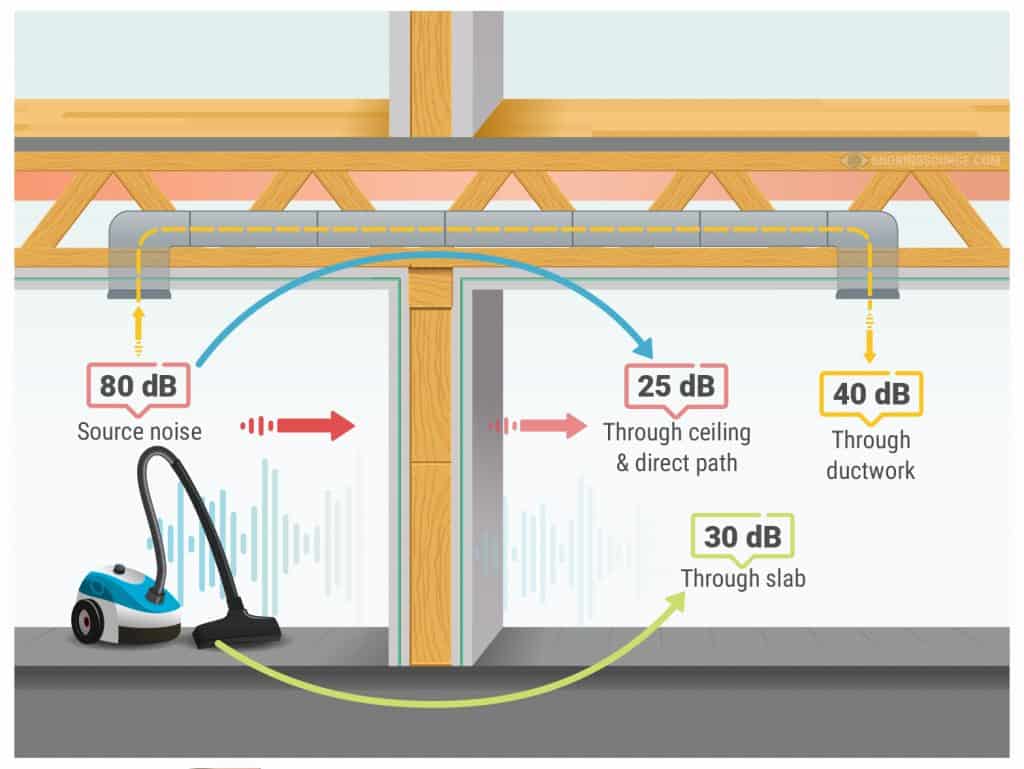
Construction-borne
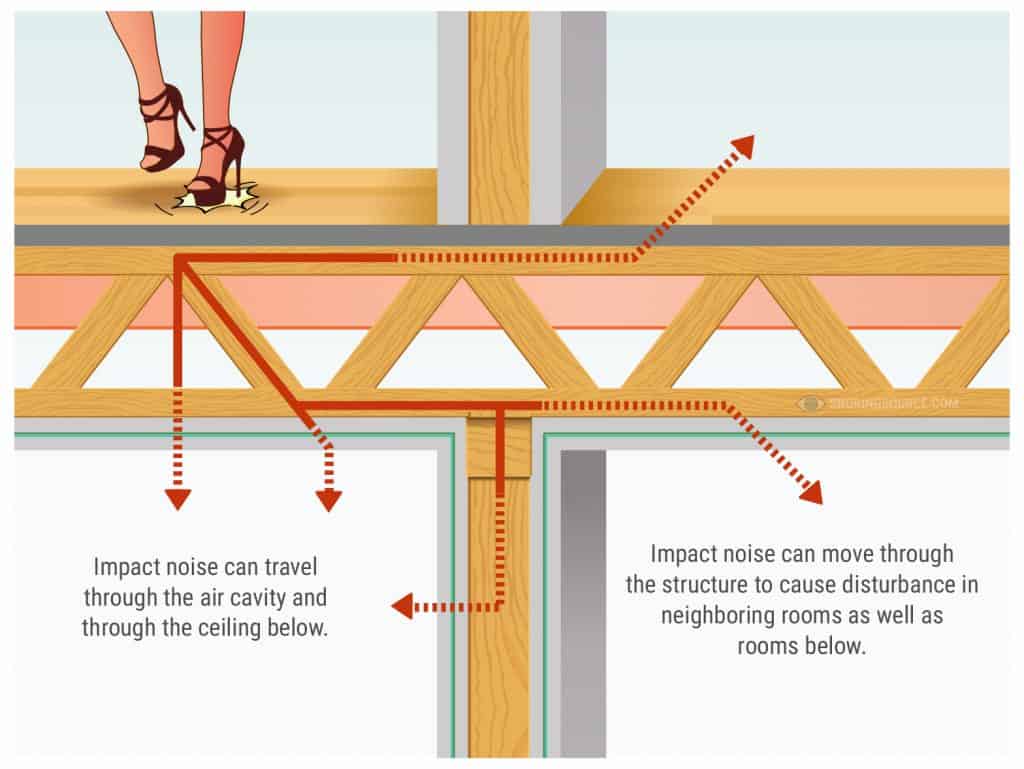
How to Soundproof Air Vents
Acoustic Foam
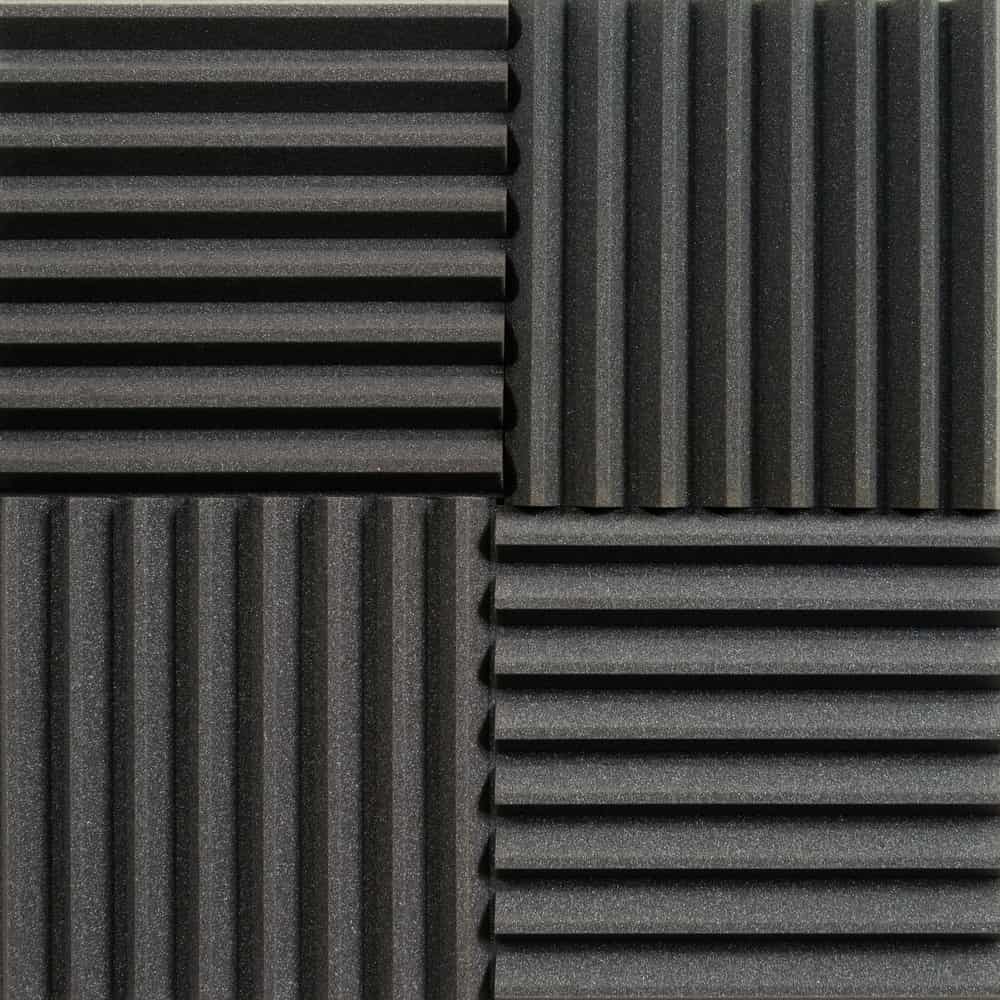
Create a Sound Maze
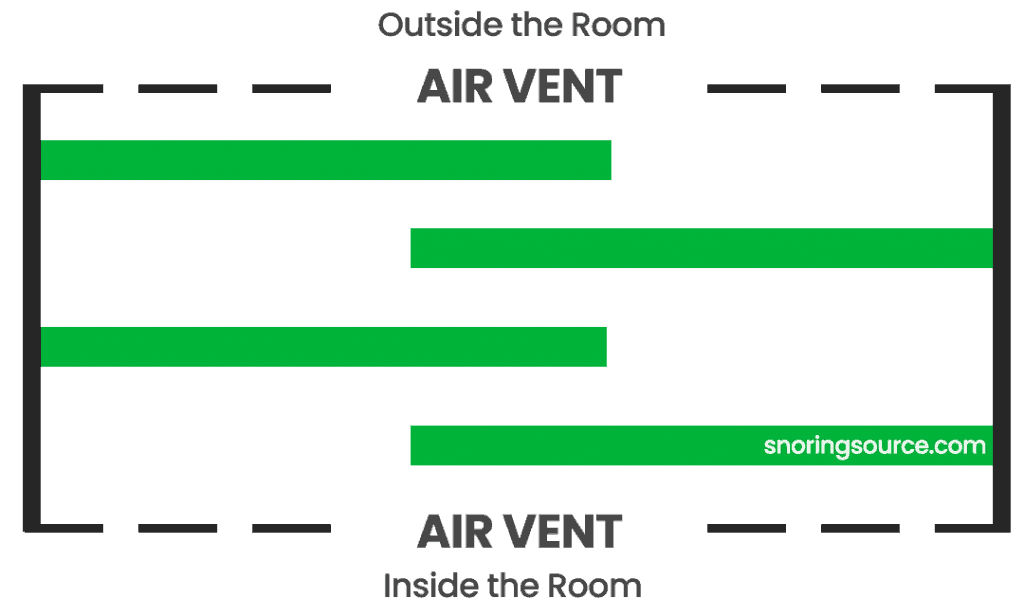
Seal the Air Vents
Block Up Your Air Vents
Accept Your HVAC Inspected
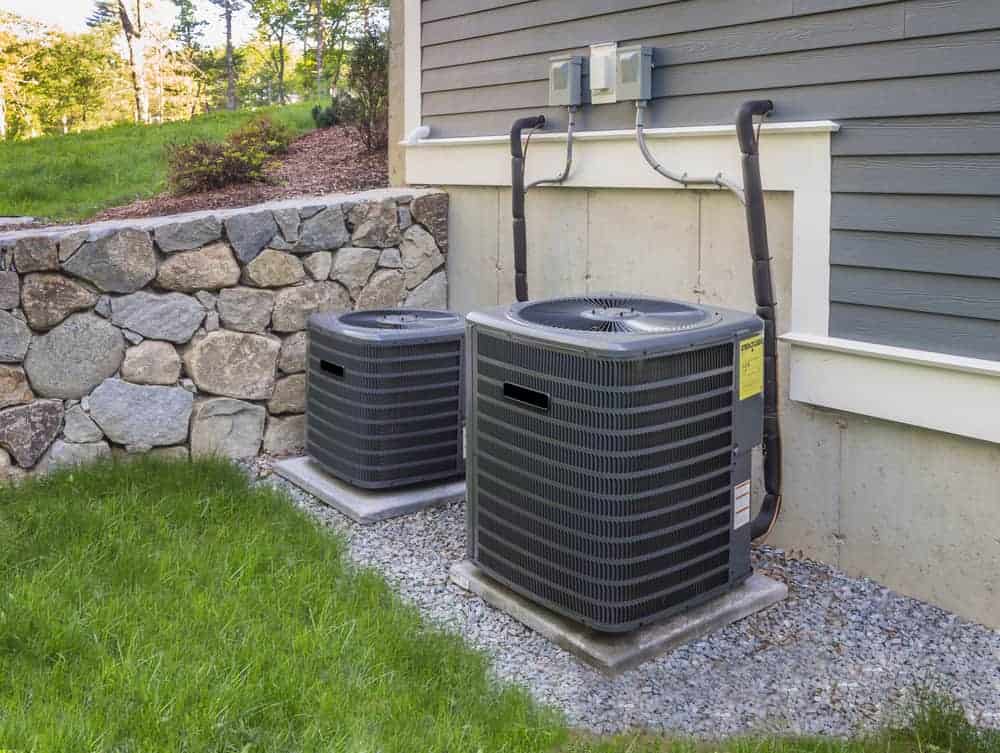
Conclusion

James Burkett
James is a self-employed writer and editor and has the privilege of working from home. Yet, he quickly discovered how unwanted dissonance can disturb both work and sleep. Over the years he'due south effectively soundproofed his entire work space and a number of rooms in his house. Needless to say he can work and sleep much more peacefully.

Copyright © 2020
Snoringsource.com is a participant in the Amazon Services LLC Associates Programme, an affiliate advertising plan designed to provide a means for website owners to earn advertising fees past ad and linking to amazon(.com, .co.u.k., .ca etc) and any other website that may be affiliated with Amazon Service LLC Assembly Program.
Snoring Source is an opinion-based advisory resource for sleep. Snoring Source does not provide medical communication, diagnosis, or handling.
How To Soundproof Ceiling Air Conditioner Register,
Source: https://www.snoringsource.com/how-to-soundproof-an-air-vent/
Posted by: bradypaides2001.blogspot.com


0 Response to "How To Soundproof Ceiling Air Conditioner Register"
Post a Comment